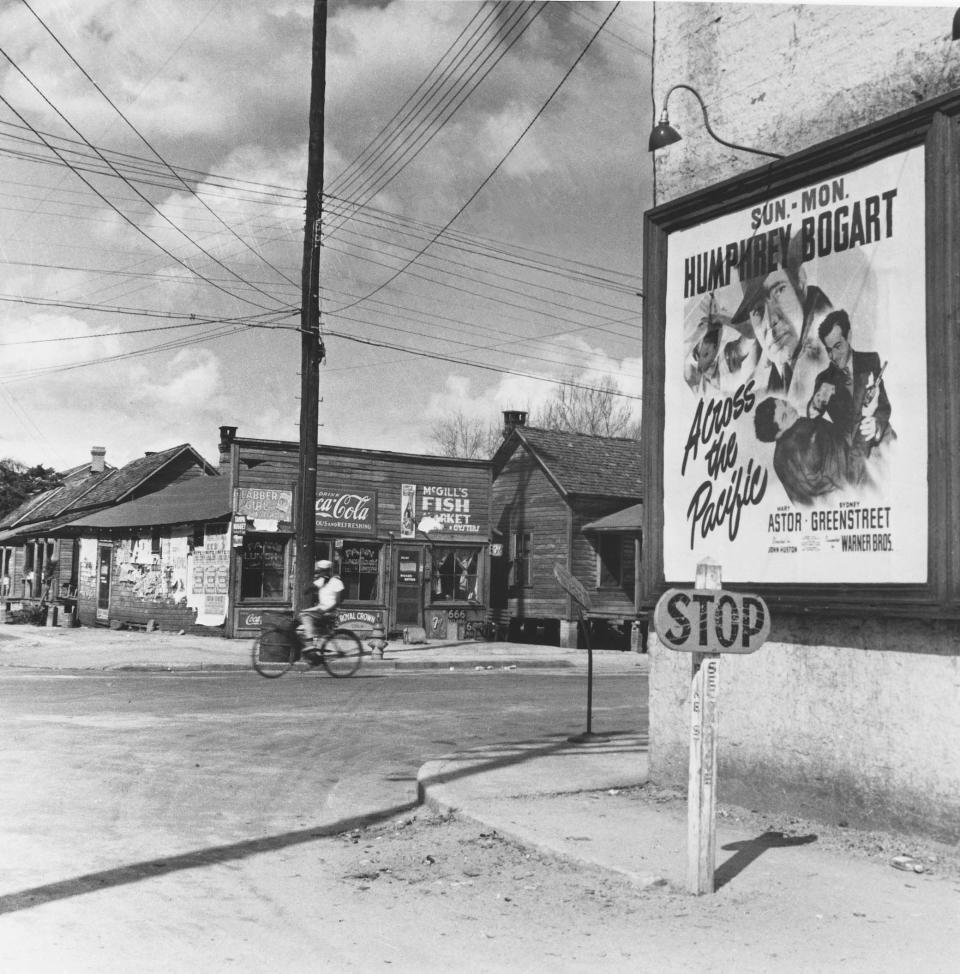The plight of Midtown: Daytona Beach neighborhood's 125-year struggle
DAYTONA BEACH — When Black people came to Daytona Beach in the late 1800s and early 1900s hoping to live in the city, they were steered into an extremely flood-prone part of town with railroad tracks and a city dump nicknamed Hell's Hole.
Although thousands of Blacks poured into the new Midtown settlement between Nova Road and Ridgewood Avenue, most homes didn't have indoor plumbing with running water.
Most streets in the neighborhood weren't paved until the early 1970s, and few sidewalks existed. There was no stormwater system with pipes. Ditches and canals drained rainwater.

Daytona Beach's City Charter mandated that whites and Blacks live in separate neighborhoods at least into the mid-1940s, and Midtown was the only choice for Blacks.
Despite the neglect and racism Midtown got from the world outside the community, neighborhood residents were able to create a functioning, stable place with a bustling commercial corridor along what is now Mary McLeod Bethune Boulevard.
Poverty was a constant, but the neighborhood had a harmony and balance that grew out of the interdependence that was vital for Midtown residents. With a captive clientele that was shunned outside Midtown, some Black business owners, doctors, attorneys and other professionals thrived.
The history of Daytona Beach's Midtown: Midtown, Daytona Beach's historic Black neighborhood, struggles to find a better future
Ironically, the desegregation and government urban renewal projects that were intended to help the Black residents of Midtown in the 1960s and 1970s threw the neighborhood off balance. Dozens of homes and businesses, many of which were dilapidated wooden shacks, were leveled and their occupants had to relocate.
Residents and business owners who left for new opportunities unwittingly made things worse in Midtown, taking away a vital customer base for businesses, leaving empty storefronts and unraveling a tight-knit community.
Despite efforts to turn around Midtown for more than 50 years, the neighborhood has mostly stagnated. Developers have been scared off by chronic blight, crime and bleak income demographics.
Improvements could finally come, however, if a new initiative being led by the Daytona Beach Housing Authority meets its goal of drawing up to $250 in new investment for housing, businesses and infrastructure.
You can reach Eileen at Eileen.Zaffiro@news-jrnl.com
This article originally appeared on The Daytona Beach News-Journal: The sad history of one historically Black Daytona Beach neighborhood

